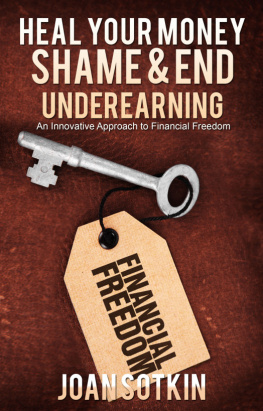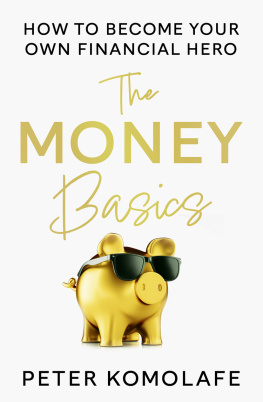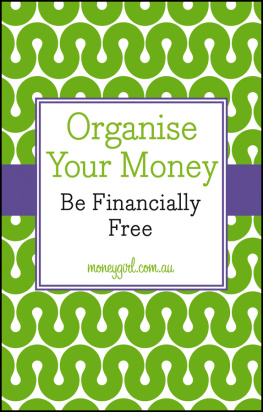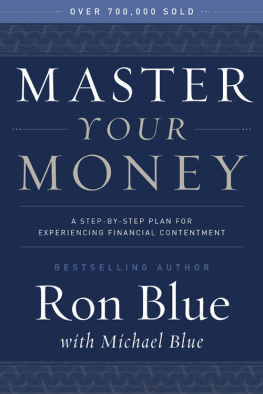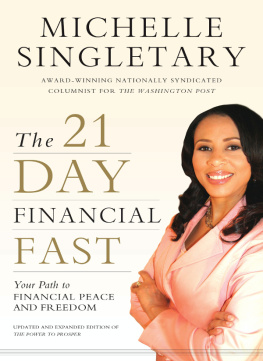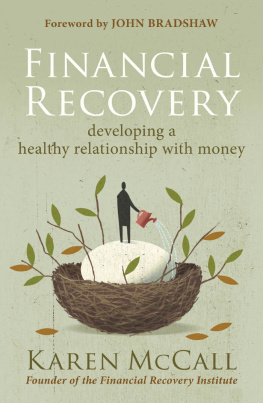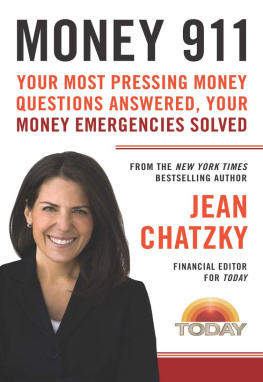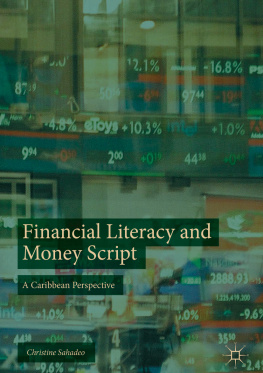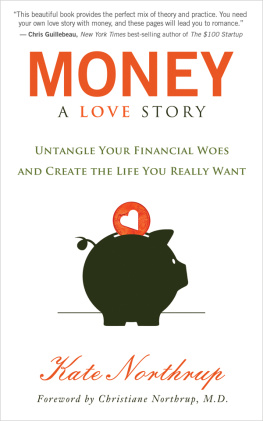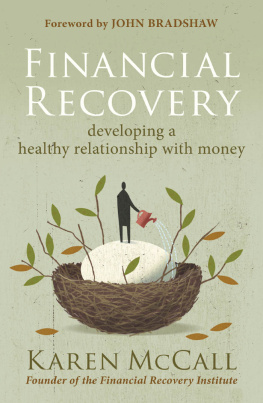Heal Your Money Shame &
End Underearning
An Innovative Approach to FinancialFreedom
by Joan Sotkin
Copyright 2017 by Joan Sotkin
All rights reserved. No part of this publication maybe reproduced inany form without written permissionfrom the publisher, except for brief quotations embodied in literaryarticles of reviews.
Published by ProsperityPlace, Inc.
Smashword Edition
www.ProsperityPlace.com
Why Iwrote this book
I wrote this book because I see so manypeople suffering financially, as I once did. Over the years, as Ishared what I was learning on my own journey to health andprosperity, I saw that what I was sharing had a positive impact onmany people.
Now, I want to share what Ive learned withyou.
For over 25 years, Ive been examining therelationship between money and emotions. In my award-winning book,Build Your Money Muscles: Nine Simple Exercises for ImprovingYour Relationship with Money, I described the five main emotions that people act outthrough their finances: Aloneness, Shame, Deprivation, Anger, and aSense of Being Trapped.
This book focuses on shame and how and why itcan be affecting your finances.
Shame is often acted out through underearning and overearning , chronic debting , compulsive shopping, latebill paying and poor investment decisions. Accompanying shame is often low self-esteem, guilt,feeling invisible, inadequate, or defective.
Be learning to recognize the shame, you canalso learn how to replace it with emotions that will be expressedthrough comfortable life stories.
At the end of this book, you will find linksto other resources that I have made available.
If you find this book to be of value, I hopeyoull visit www.ProsperityPlace.com and become part of my community.
Why YouShould Read This Book
Habitual shame can be one of the main forcesbehind your money problems. This book will help you understandwhy.With this understanding, you will be able to release your shame and move towards a more prosperousfuture .
This book is a must-read for anyone who has financial problems,considers themselves to be an undereaner , carries a lot of debt, avoids financialtasks, or has a difficult relationship with money. The theories andsolutions described here are unique and innovative and have helpedthousands of people overcome financial discomfort.
If you are ready to move forward financially,this book will provide you with a key to what is holding youback.
You provide a unique approach tounderstanding the whys of money behavior. Armed with theinformation you provide, Ive been able to finally start takingcare of my money. Lorna Davila ,California
TABLE OF CONTENTS
How You Create Your Life Stories
Before we get into the specifics of how shameis affecting your finances, lets look at how you create your lifestories, which includes your financial condition.
First of all, your life stories are anextension of your habitual thoughts, beliefs, and emotions. Inother words, how you think, what you believe, and your emotionalresponse to life are what inform your decisions, stimulate yourbehaviors and determine the quality of your life outcomes.
And heres the important point: Your habitualthoughts, beliefs, and emotions are usually the result of your early childhood experiences.
As an example, lets look at a fellow namedJim whose father was extremely critical and never satisfied withwhat Jim did, and his mother, although sympathetic, never stood upfor Jim during her husbands tirades against his son.
As an adult, Jim was always chasing one ofhis many dreams, but never realized any of them. At age 40, he feltburdened by his credit card debt and lived paycheck to paycheck,always worrying about his finances. On the rare occasions when heand his wife accumulated somesavings , something would happen, like the car breaking downor one of their kids getting sick, and they would have to use theirsavings and add to their credit card debt.
Jim felt like a failure. He wanted to be aresponsible husband and father, but he always felt like he wasliving life on the edge.
Was Jim a victim of lifes circumstances? Heoften thought so. But, when Jim looked at his thoughts andemotions, he was able to see that, based on his upbringing, heexpected to fail and was living up to his own expectations. He cameto understand that his father was still with him in his head,always criticizing and stimulating feelings of failure andshame.
Jim lived in a shamed state of being and his finances were congruentwith this state of being. In order for the outcome of his lifestories to change, he would have to alter his state of being, whichwould mean letting go of his habitual critical thoughts, hisbeliefs about himself as a failure, and his negativeexpectations.
Jim learned that emotions hidden inside ofhim were the energetic force behind his life stories, and thatshame was a core emotion he carried with him.
By using techniques such as those you willlearn here, Jim was able to gradually modify his self-concept andbegin to value himself. An improved self-image was reflected in animproved financial condition, and he felt better about himself andhis life. At the same time, hishome life became considerably more peaceful and rewardingemotionally.
In a nutshell, heres the theory that Jimsstory illustrates: You create your life stories in order to expresshidden emotions. If your life stories often end in disappointment,then long-repressed feelings of disappointment are expressingthemselves through your life stories. If betrayal is one of youremotional themes, then you will experience a series of interactionswhere betrayal is the payoff.
And if shame is one of your core feelings,many of your life stories will have elements that allow you to feelthe shame, and youll draw in the people you need to perpetuate the shame. This could be in the formof a critical spouse, boss, co-worker , or someone in your social circle.
In addition, your life stories will bepeppered with shame-based elements such as underearning, carryingendless credit card debt, bouncing checks, and getting fired. Or,you may experience a series of failed relationships, peoplegossiping about you, or any situation that causes youembarrassment.
Perhaps you can imagine that you have threads of emotion around whichthe fabric of your life is woven and these threads of emotionexist, on one level or another, in all of your life stories.
Once you understand this, then when youwonder why something appears to be happening to you, you can ask,What is it that this situation is allowing me to express? Byexamining the feelings that a situation stimulates for you, you canidentify the force behind the story and take steps to express thefeelings rather than holding them in and having them recycle overand over again through your life stories.
At this point, you might say, But I have ahard time recognizing my feelings and Ive never been very good atexpressing them. If shame is one of your motivating emotions,thats most likely true, because one of the ways that children areshamed is by having their feelings invalidated.
Most people have trouble expressing theirtrue emotions because they have never learned how to safely andauthentically feel their feelings. But with the techniques outlinedhere, youll be able to get in touch with long repressed emotions,express them, and move on with your life.
WhatShame Is
We all have shame. Actually, we need some shame. Its what keeps us fromrunning around naked, lying about everything, or behaving inunsociable ways. This kind of shame is called healthy shame.
Toxic shame, on the other hand, hurts us andkeeps us from expressing ourselves creatively and living up to ourpotential. Toxic shame is a painful feeling about oneself as aperson, stemming from the belief that there is something inherentlywrong with who you are.
Next page
